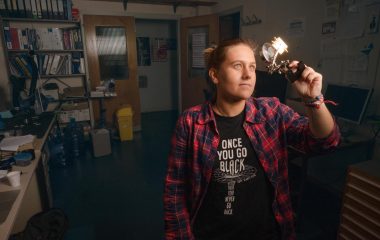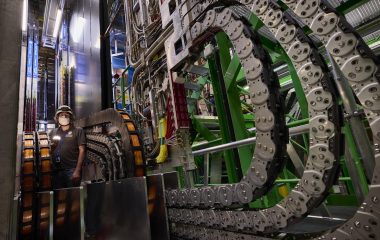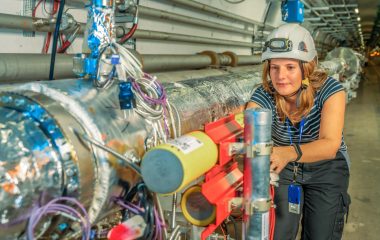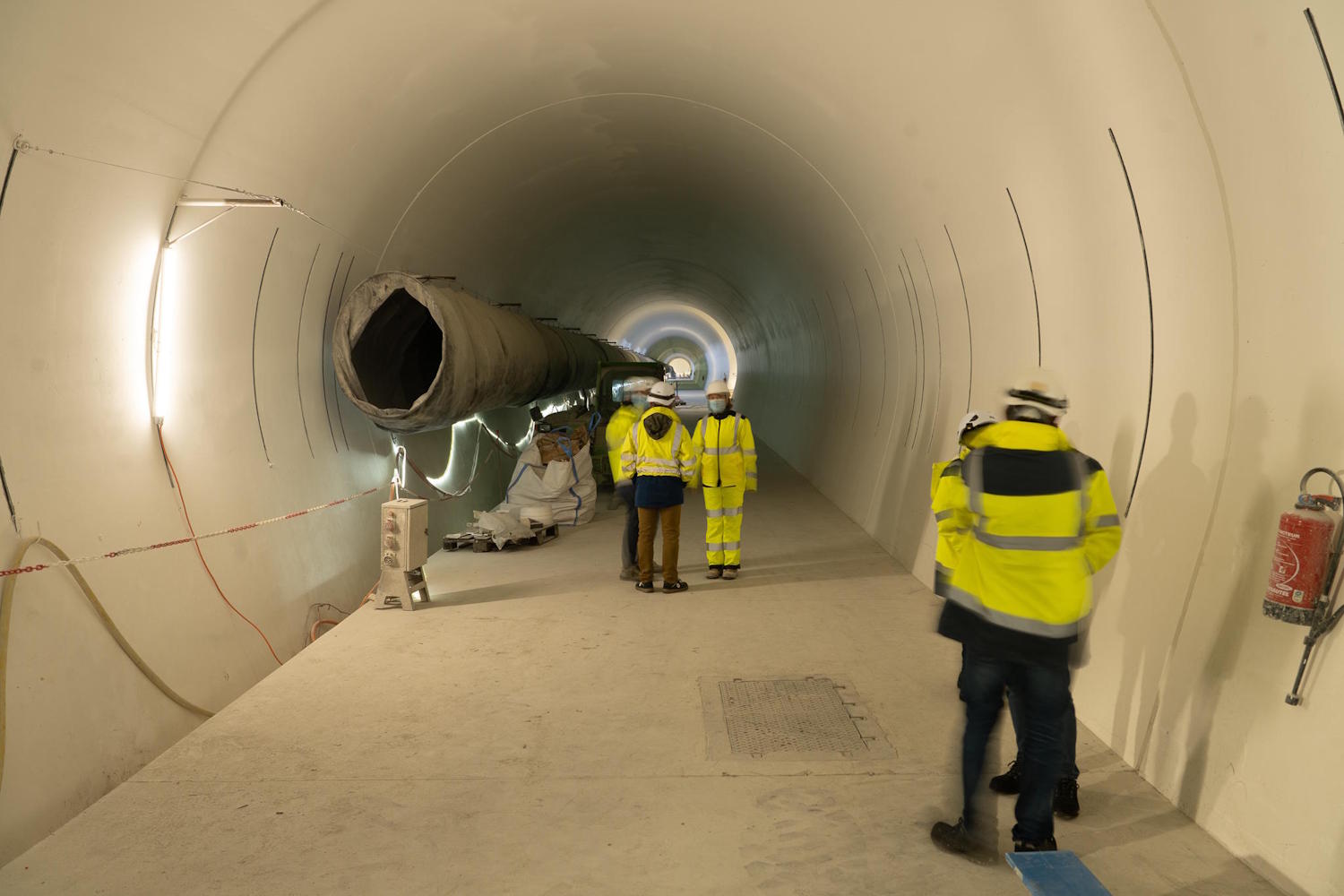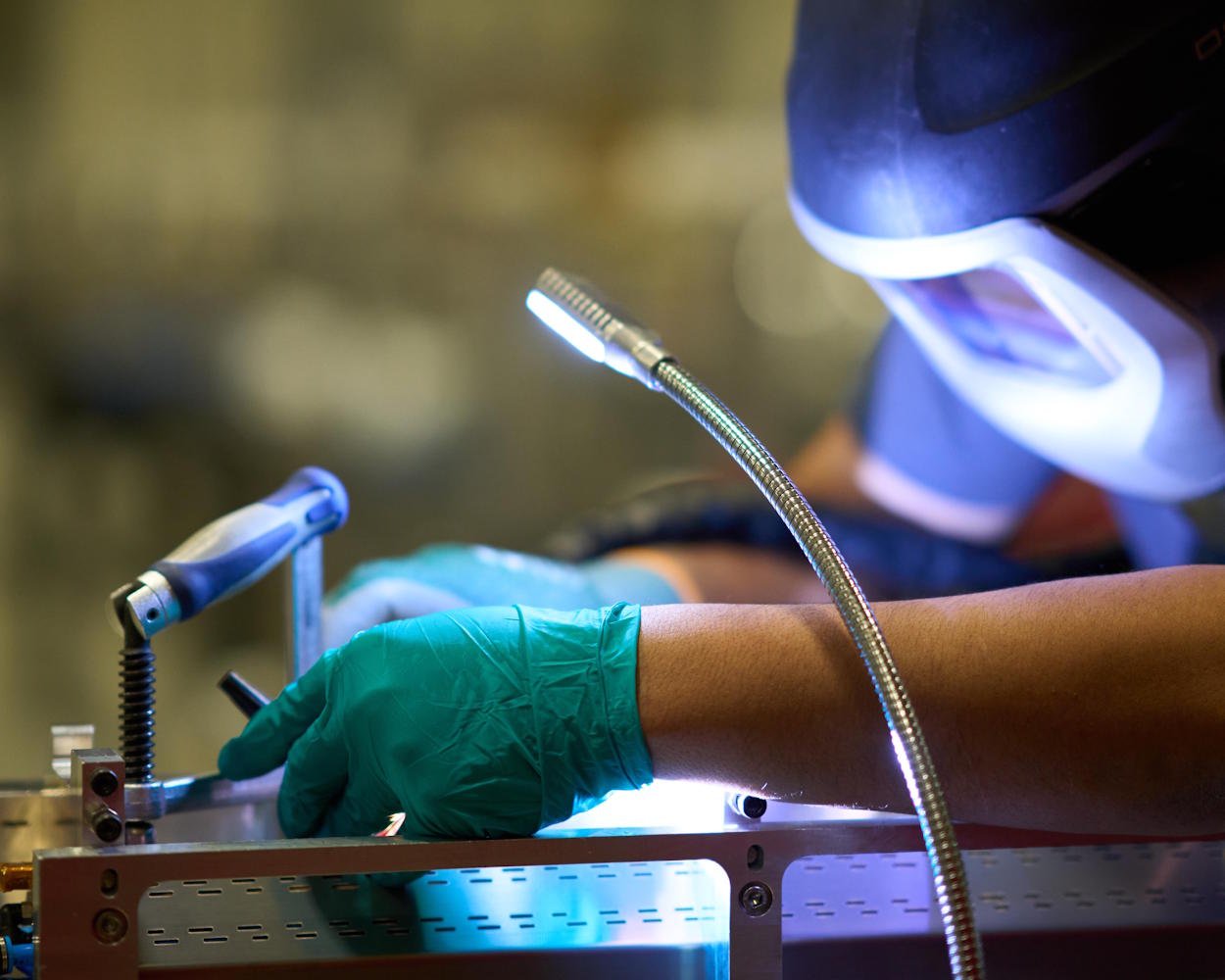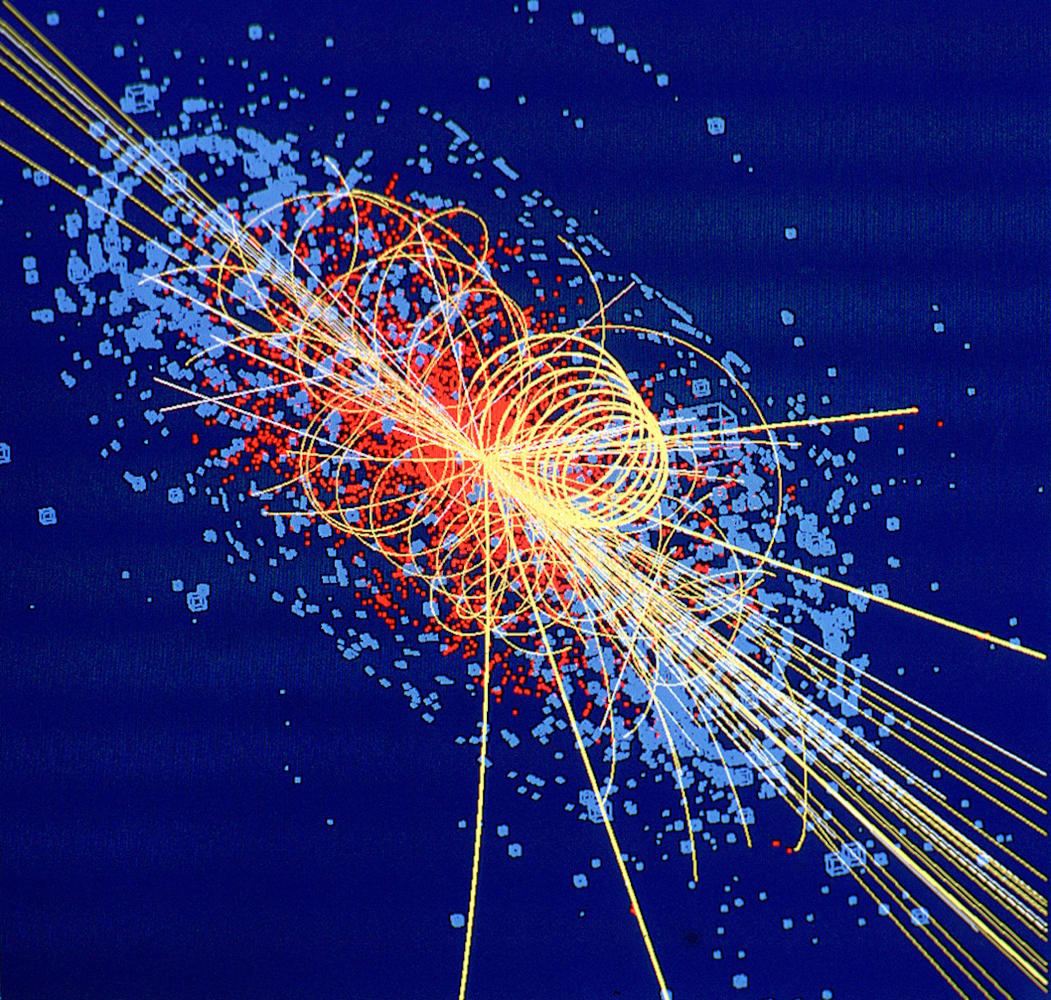Applied Physics at CERN: Where Theory Meets Innovation
At CERN, Applied Physics serves as the vital link between theoretical physics and real-world technological advancements. This dynamic field takes the fundamental principles of physics and translates them into practical solutions, driving both scientific progress and innovation in everyday life. CERN’s contributions in Applied Physics extend far beyond the laboratory, leading to significant breakthroughs in areas like medical imaging, radiation therapy, and materials science. For instance, particle detectors initially developed at CERN are now integral to PET scanners, enabling early detection and treatment of diseases. Similarly, synchrotron radiation, first used in high-energy physics experiments, is now a critical tool in material science and biomedical research.
Beyond these specific technologies, CERN’s work in Applied Physics also encompasses the development of advanced computational techniques and infrastructure that support large-scale data analysis. These innovations are not only crucial for scientific research but also have wide-ranging industrial applications. Applied physicists at CERN work closely with engineers, technicians, and theoretical physicists, pushing the boundaries of what is technologically possible. By turning abstract scientific concepts into tangible solutions, they contribute to a global hub of innovation that is shaping the future of science, technology, and industry.
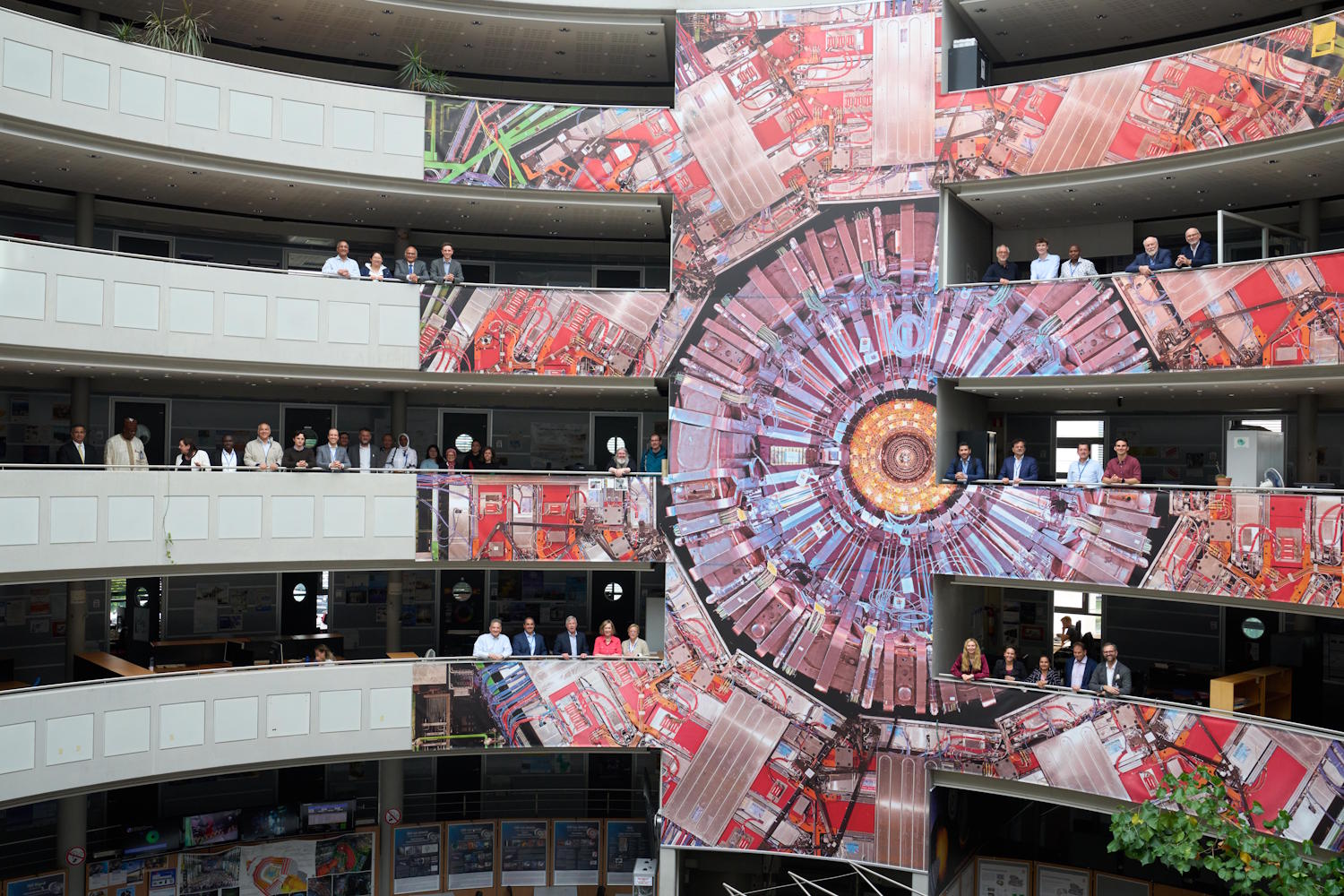


Medipix: Revolutionizing Medical Imaging
- Initially developed for particle detection in high-energy physics experiments.
- Medipix detectors use particle-tracking techniques to capture highly detailed images.
- Unlike traditional X-rays, Medipix allows for real-time imaging at high resolution, enabling doctors to see tissues and organs in unprecedented detail.
- This technology is now being used in various medical applications, from diagnosing diseases to guiding complex surgeries.
- Medipix project extends beyond healthcare, with its technology being utilized in space research, material science, and other fields where precision imaging is crucial.
- This project exemplifies how applied physics can translate complex scientific innovations into practical tools that enhance everyday life.
